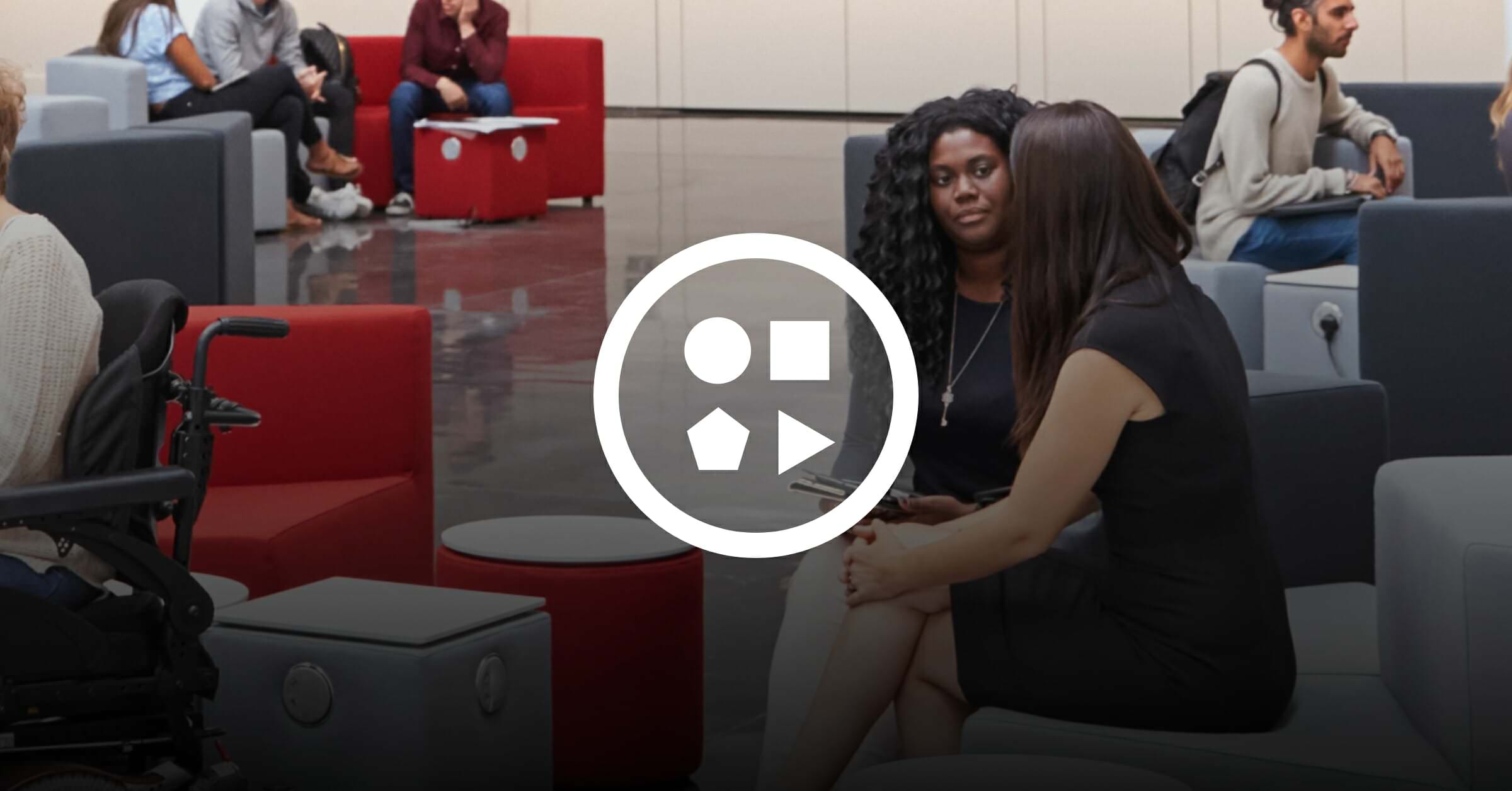
Four Important Takeaways Surrounding Accessibility and Inclusivity
On February 15, the Center for Advancing Learning held its first Policy and Practice Summit Roundtable webinar: “How Digital Accessibility Drives Inclusion and What Institutions Should be Doing Right Now.” If you couldn’t make the roundtable, we’ve outlined four key takeaways below.
Panelists
Panelists for the webinar were: Sam Johnston, Director of Post-Secondary and Workforce Development at the Center for Applied Special Technology (CAST); Kyle Shachmut, Assistant Director of Digital Accessibility Services at Harvard University; and Sean Keegan, Director for the Office of Digital Accessibility at Stanford University. Bree Callahan, Americans with Disabilities Act Coordinator at the University of Washington, served as the featured speaker.
Callahan outlined a set of critical questions around the state of accessibility and inclusion in higher education that prompted the panel to develop four key waypoints for institutions and campus leaders along the accessibility journey.
Accessibility is a journey, there is no endpoint or destination.
Wherever they are along the path, institutions should be proactively establishing or improving processes to make learning environments more inclusive. There’s a place and role for every person on campus along that journey, according to Bree Callahan.
“Getting individuals to understand their role is going to be a key piece. Whether they are a designer, a web person, an advisor, or all the way up to a divisional dean or director of a department, folks need to understand their role on this journey of accessibility.”
Institutions and policymakers must understand the context of accessibility on campus.
While accessibility and inclusivity are often discussed as ambitious milestones that institutions hope they can better achieve, accessibility is an actual regulation built into civil rights protections, not just an ideal or aspirational state. Accessibility should be baked into decision-making at every level on campus but according to Kyle Schachmut, that’s not the case yet.
“Accessibility, universal design, and access are, and should be, an important part of our campuses’ plan for learning. They’re not separate. We should be thinking about it from the time we conceive a course or when a new program is offered. You shouldn’t need to be an accessibility expert to create accessible content. Unfortunately, today, it’s really hard to say that’s the truth, widely in higher education.”
There is a need for long-term, strategic plans.
Institutions and policymakers cannot advance this process haphazardly or through a patchwork of solutions. It is vitally important to assess where current gaps are and what holistic, campus-wide efforts can be utilized to address them. Sean Keegan recognized that institutional change requires introspection as well as action.
“We can have these wonderful conversations, but what happens when we leave the room? It’s one thing to be having the conversations, but then it becomes what’s the intention behind this and what happens next. It’s a matter of really taking a look at the details and understanding the scope and scale of what’s in existence on campus before you can make some institutional change.”
We must remind ourselves there is an interdependence which exists between access, accessibility and inclusion.
It is not possible to have fully inclusive spaces without access. Accessibility consists of a meaningful, independent experience, not just a physical ramp or a technical website function. That also means campus leaders that reflect the users of accessible tools and material, according to Sam Johnston.
“One direction I hope we continue to improve on in developing accessibility strategies, implementation plans, and accessible materials and technology is ensuring people who are users of accessible material and technology are in leadership positions because they’ll know better than anyone else what is needed.”
If you were unable to attend or want to dive deeper into the discussion, we hope you’ll watch the full webinar recording. Learn more about the Center for Advancing Learning.